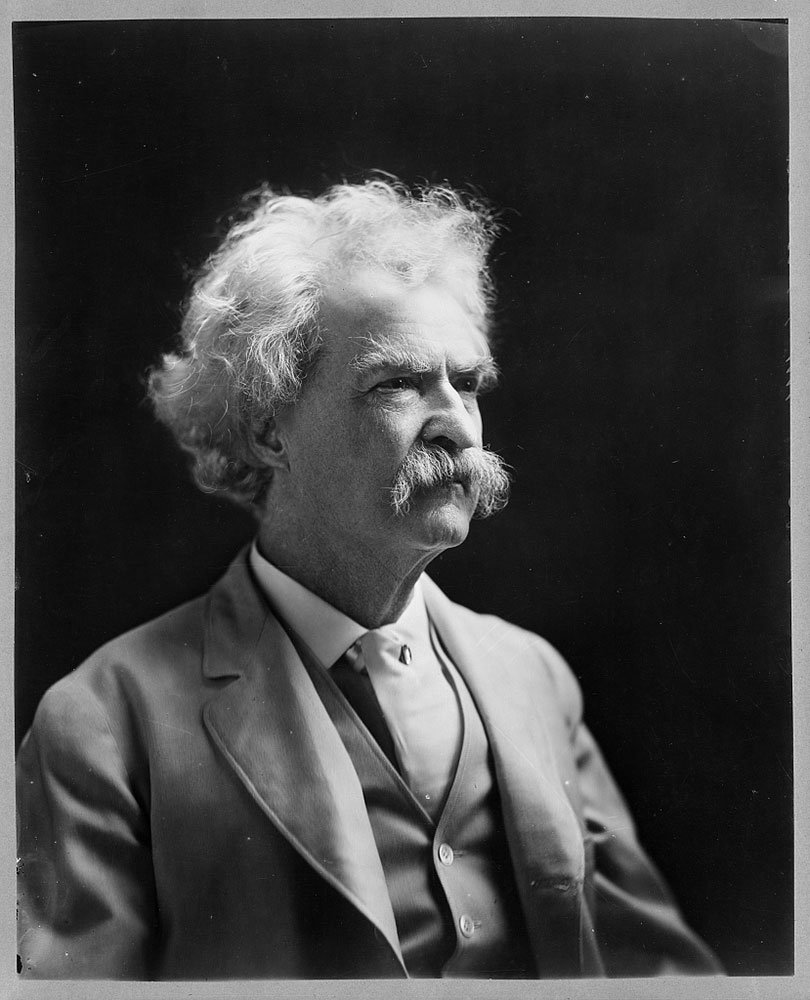
Telling the Stories of Dayton
Dayton’s tale begins with Nevada’s first discovery of gold at the mouth of Gold Canyon in 1849. Just a decade later, the town became the Comstock area’s leading milling center thanks to the Carson River and was also known as Nevada’s First Chinatown, 1857-1861.
Visitors to the Dayton Museum today are treated to details and descriptions of this rich past with a variety of thoughtful exhibits. Photographs, memorabilia and relics like vintage quilts tell the story of Dayton’s beginnings and cover the area’s American Indian heritage, prospecting and mining, milling, the town’s stint as Chinatown, ranching, farming, the railroad, early education and more.
The Dayton Firehouse/Jail and St. Ann’s Chapel also help visitors understand the rich history of Dayton. The burning of the historic 1881 Carson & Colorado Railroad Depot June 17, 2020 was a sad day for Dayton. The Historical Society of Dayton Valley is raising money to help rebuild the Depot and fulfilling the dream of making the corner lot the Gateway to the Comstock.
On his first trek West in the early 1860s, Mark Twain wrote of the Nevada desert “. . . the countryside looked something like a singed cat. Even the birds, when they flew over, carried their own provisions.” Twain passed back and forth through Dayton and became a friend of Adolph Sutro, when, in 1862, he was running a mill in Dayton. Twain said that the remarkable Sutro was all business and “had no sense of humor.” Of the Civil War Twain remarked, “They’ve fooled away two or three years to capture Richmond. If they’d let the job out to a sensible businessman, it would have been long-ago accomplished.”
